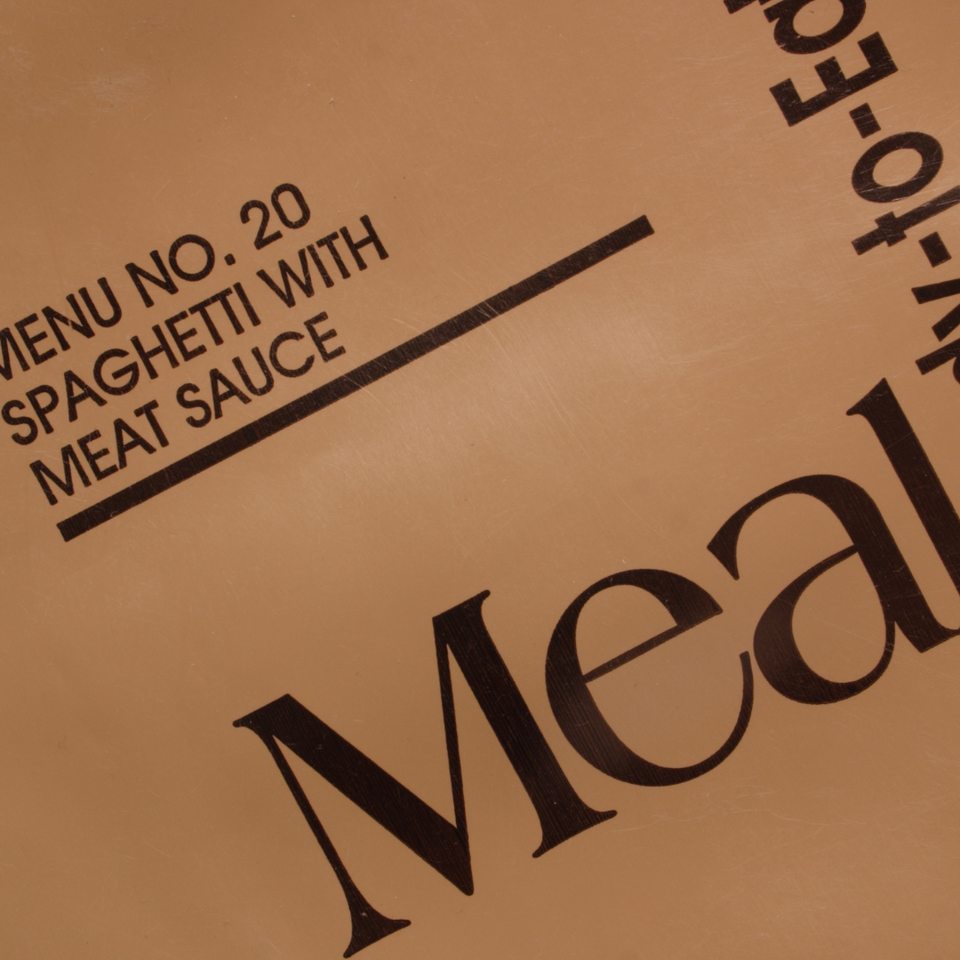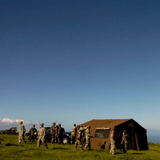How Many MREs Do You Need Per Day?
Meals Ready to Eat (MREs) are one of the most popular foods to stockpile for disaster preparedness because they are designed to meet daily nutritional requirements and don’t require any preparation. MREs are also cheaper than freeze-dried emergency meal kits, especially when you buy MREs in bulk.
But how many MREs do you need per day for prepping? Let’s dive into this question.
What’s in an MRE?
MREs are rations designed to sustain soldiers during combat or field operations. Each MRE contains an average of 1,250 calories. The contents break down to approximately 170g of carbohydrates, 45g of protein, and 50g of fat.
A full MRE typically contains:
Main course
Appetizer
Cracker or bread
Spread
Dessert
Candy
Beverage
Flameless heater
Note: MREs sold to civilians sometimes don’t contain the full kit. For example, you can buy a box of just MRE mains without the extras. Mains usually have 190-300 calories. Pay attention when buying to make sure you know what you are getting!
How Many MREs to Stockpile Per Day?
Short-Term Emergencies: 2-3 MREs Per Day
MREs are particularly great for short-term emergencies such as hunkering down through power outages, blizzards, or storms. Because MREs don’t require any prep or cooking, you don’t have to worry about setting up your emergency stove or busting open those giant bags of rice and beans you stockpiled.
Remember that it isn’t safe to cook during some emergencies, such as when there is a suspected gas leak, so MREs are better than meals which require cooking in these situations.
The average adult requires approximately 2,000 to 3,000 calories per day. Because a full MRE contains ~1,250 calories, a typical adult needs two or three MREs per day. A box of 12 full MREs will last an adult 3-6 days.
You can shop MRE cases here.
Of course, you can always stockpile other non-perishable foods for short-term emergencies, too. However, buying a case of MREs in bulk makes getting prepared fast and easy because they have long shelf lives and don’t require any special packaging or storage methods.
Evacuation: 1 MRE Main Per Day + Calorie-Dense Foods
During high-activity periods, such as evacuating on foot, a typical adult will need at least 3,000 calories per day. Because MREs are heavy, it isn’t practical to carry 3,000 calories' worth of MREs in a Go Bag. A better solution is to pack one MRE main meal per day, but without the appetizer, dessert, spread, etc. This would allow you to have at least one proper meal per day. For the remainder of your daily energy needs, pack calorie-dense non-perishable foods, such as peanut butter, jerky, or energy bars.
Long-Term Emergencies: 1 Full MRE or Main Per Day + Nonperishables
While eating 2 or 3 MREs per day is feasible during a short-term emergency, it isn’t ideal for a long-term emergency scenario.
The main issue is that MREs are low in fiber and can cause you to get backed up. This is why the US Military recommends that soldiers live off of MREs for no longer than 21 days. Yes, there is scientific research that shows MREs really do equal, “Meals, Refusing to Exit!”
Instead of relying solely on MREs, stockpile a variety of foods, including MREs. For example, you can calculate one full MRE per day and supplement this with non-perishable foods to meet your daily nutrient requirements.
Alternatively, you can buy boxes of just MRE mains. You can eat 2-3 mains per day, which will provide approximately 400-900 calories. For the rest of your daily calorie needs, you can eat non-perishable foods you stockpiled. Ideally, stockpile high-fiber foods such as oats and dried fruits and veggies.
Yes, this will require some extra effort on your part. You’ll have to tally up calories in the additional foods you stockpile and may need to repackage some items. However, the extra effort is worth it to have a healthy, diverse supply of food available during long-term emergencies.







